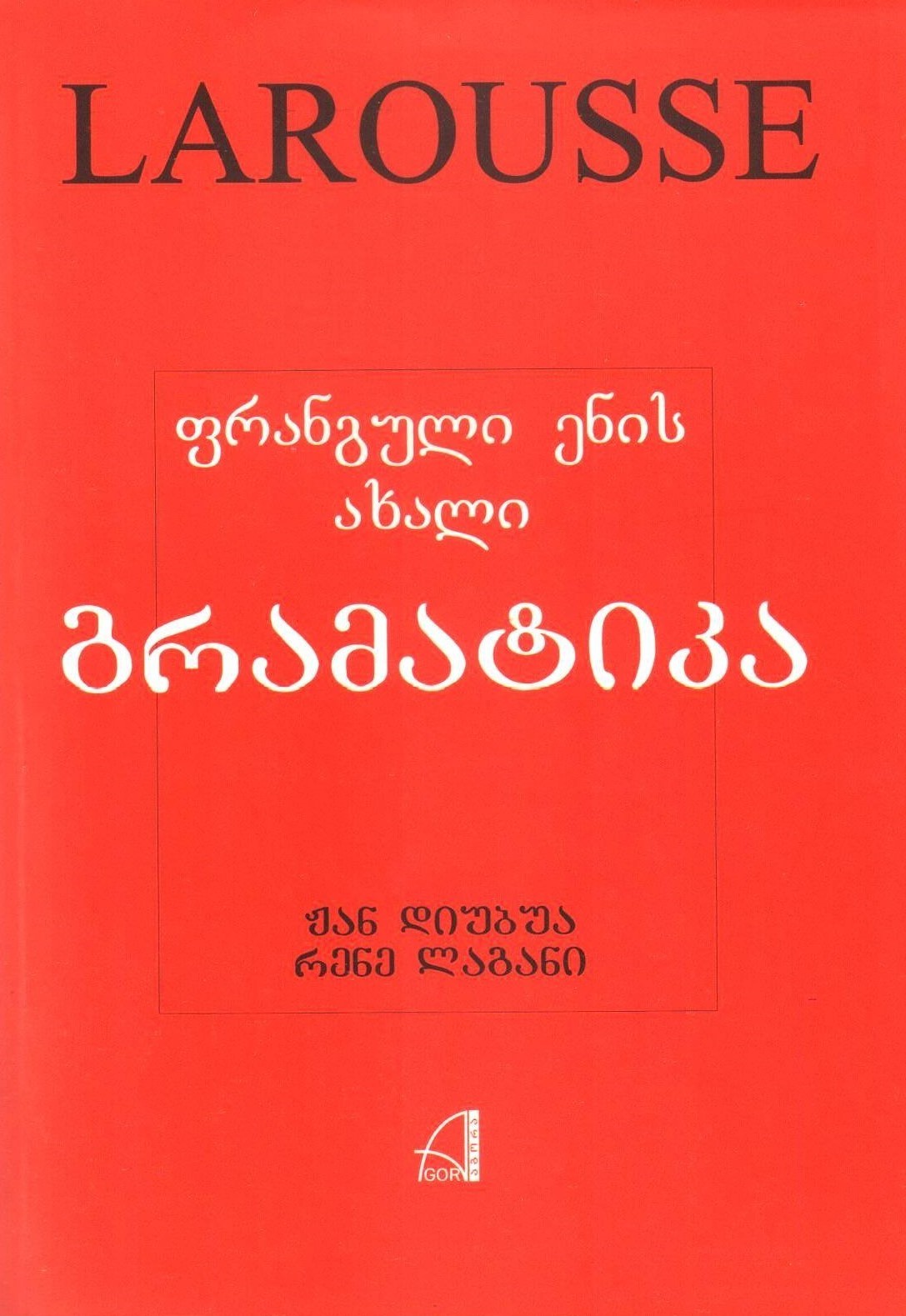
The New French Grammar
25.00 GEL
- Author: Jean Dubois, René Lagane
- Year of publication: 2008
- Translators: Marina Balavadze , Naïli Svanidze
- Page quantity: 306
- Cover designer / Illustrator:
- Language:
- Category: TEXTBOOKS
- ISBN: 978-9941-9103-5-7
This grammar textbook represents an innovation in many respects. The grammar manuals used today reflect the successive—sometimes contradictory—contributions of generations of grammarians, from antiquity to the present day. It would be unfair to dismiss this entire history of linguistic reflection. However, it would be equally wrong to ignore the renewal brought by modern linguistics—both through criticism of some earlier descriptions and by systematizing the insights of past grammarians and developing new methods of analysis. Since the beginning of the 20th century, linguistic science and the scientific study of language functioning have allowed us to better understand the grammatical mechanisms that can serve as the foundation for a new school grammar. No matter how utopian it may seem to expect such a grammar to summarize modern linguistic research, we consider it essential to promote the teaching of a grammar that makes the fundamental principles of scientific grammar accessible to students and integrates the most important advances in linguistics into education.